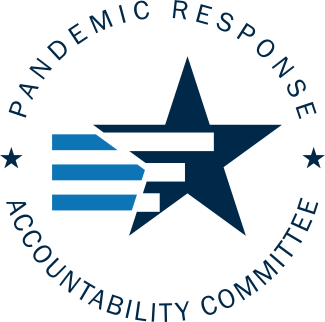12/20/2024
Department of the Interior
The Orphaned Wells Program Office Needs to Improve Its Oversight of the Infrastructure Investment and Jobs Act Funding to States
Inspection / Evaluation
Agency-Wide
View Report
View Report Highlights
Submitting OIG
Department of the Interior OIG
Report Description
We found that OWPO did not: review quarterly reports, ensure that IBC assessed risk, have an effective site visit policy, and provide enough guidance.
Number of Recommendations
9
Report Number
2023-INF-025
12/20/2024
Department of State
Inspection of the U.S. Mission to the Association of Southeast Asian Nations, Indonesia
Inspection / Evaluation
View Report
View Report Highlights
Submitting OIG
Department of State OIG
Number of Recommendations
1
Report Number
ISP-I-25-07
12/20/2024
Department of State
Inspection of Embassy Brazzaville, Republic of the Congo
Inspection / Evaluation
View Report
View Report Highlights
Submitting OIG
Department of State OIG
Number of Recommendations
29
Report Number
ISP-I-25-04
12/20/2024
Internal Revenue Service
Fiscal Year 2025 Biannual Independent Assessment of Private Collection Agency Performance
Audit
Agency-Wide
View Report
View Report Highlights
Submitting OIG
Treasury Inspector General for Tax Administration
Number of Recommendations
5
Report Number
2025-300-004
12/20/2024
Department of the Treasury
Desk Review of the Kiowa Tribe of Oklahoma's Use of Coronavirus Relief Fund Proceeds
Other
Agency-Wide
View Report
View Report Highlights
Submitting OIG
Department of the Treasury OIG
Number of Recommendations
12
Report Number
OIG-CA-25-024
12/20/2024
Denali Commission
Denali Commission Office of Inspector General’s Semiannual Report to Congress for the period April 1, 2024, to September 30, 2024
Semiannual Report
Agency-Wide
View Report
View Report Highlights
Submitting OIG
Denali Commission OIG
Number of Recommendations
0
12/20/2024
Export-Import Bank
Fiscal Year 2024 Financial Statements Audit Management Letter
Audit
Agency-Wide
View Report
View Report Highlights
Submitting OIG
Export-Import Bank of the United States OIG
Number of Recommendations
5
Report Number
OIG-AR-25-02
12/20/2024
Multiple Agencies
Semiannual Report to Congress: April 1, 2024 - September 31, 2024
Semiannual Report
Agency-Wide
View Report
View Report Highlights
Submitting OIG
Pandemic Response Accountability Committee
12/20/2024
Department of Health & Human Services
Medicare Advantage Compliance Audit of Selected Diagnosis Codes That Blue Care Network of Michigan (Contract H5883) Submitted to CMS
Audit
Agency-Wide
View Report
View Report Highlights
Submitting OIG
Department of Health & Human Services OIG
Number of Recommendations
3
Report Number
A-06-20-02000
12/20/2024
Department of Health & Human Services
Medicare Advantage Compliance Audit of Selected Diagnosis Codes That Blue Care Network of Michigan (Contract H5883) Submitted to CMS
Audit
Agency-Wide
View Report
View Report Highlights
Submitting OIG
Department of Health & Human Services OIG
Number of Recommendations
3
Report Number
A-06-20-02000









